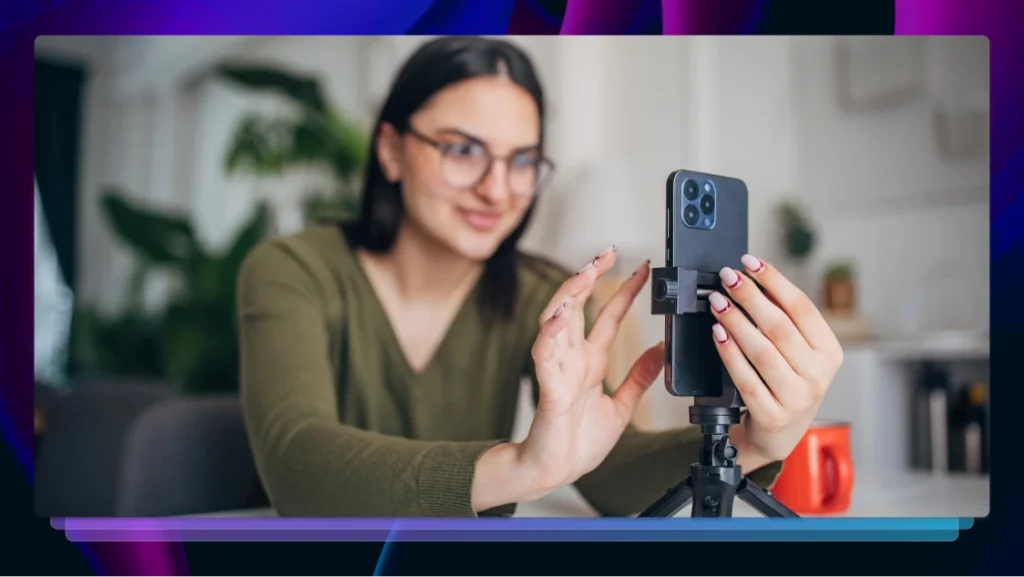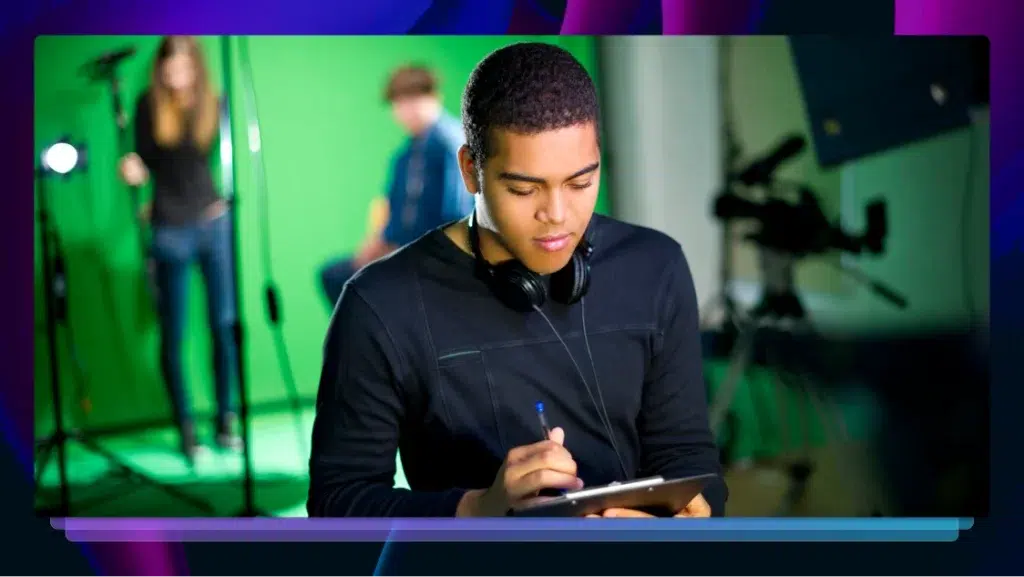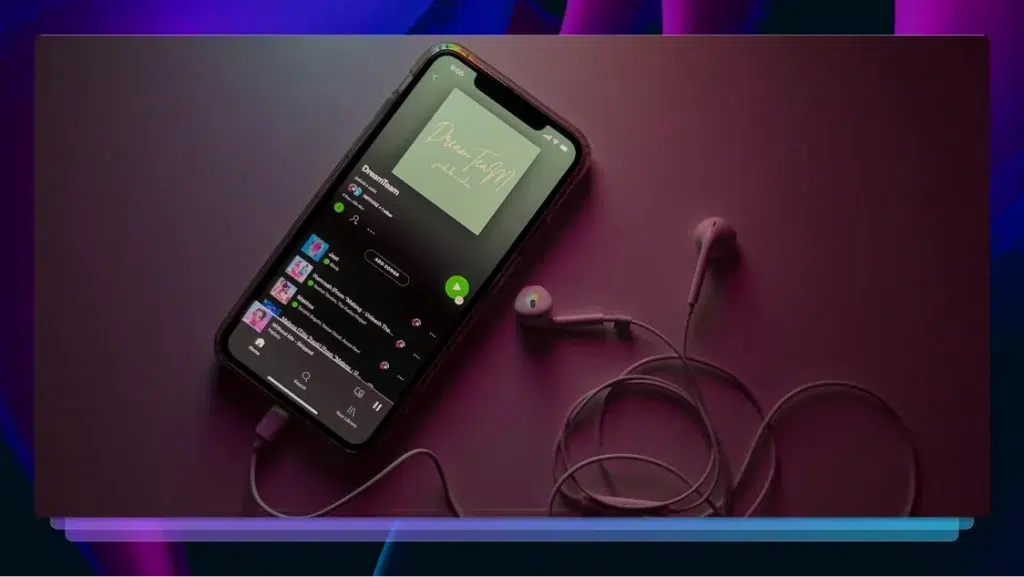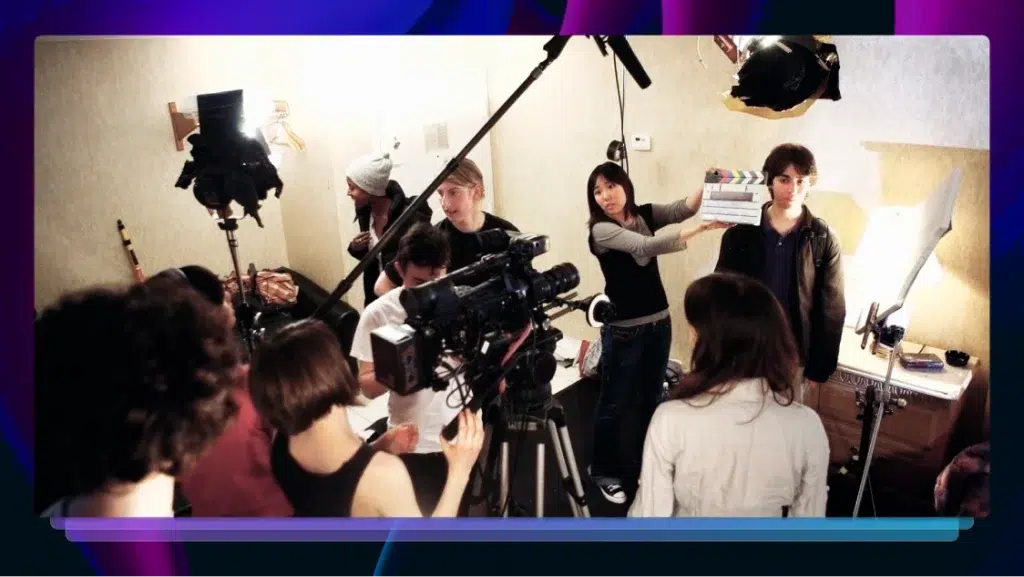How to Write Documentary Treatments With Transcription
Documentary treatments are between two and ten pages and help you summarize the essentials of your project. Transcription can help you write yours.

A feature film takes shape based on a script. Actors occasionally improvise scenes and add in extra dialogue, but for the most part, films don’t change once they’re in production. Documentaries, on the other hand, are filmed in real-time and are more likely to evolve over time. For example, the 2007 documentary My Kid Could Paint That started out as an exploration of modern art created by a four-year-old. It evolved into an investigation into whether or not the toddler was the artist behind them.
This natural transformation makes it hard to write comprehensive documentary treatments from start to finish. The story you intended to tell on Day One becomes different from the one told at the end of filming. The good news is transcription can help you manage writing your documentary treatment.
What is a documentary treatment?
Documentary treatments are between two and ten pages and help you summarize the essentials of your project: the budget, the topic, who’s involved, where filming takes place, and more. It’s meant to give investors, collaborators, and others a window into your perspective. External stakeholders will be more willing to invest or support your project in whatever way you need.
Treatments also help you plan your documentary as it moves from idea to reality. Your documentary treatment is essentially a roadmap for how your project will develop from start to finish.
What’s in a documentary treatment:
There are four main parts every treatment must include:
- The logline is two to three sentences that introduce the documentary. It needs to grab the reader’s attention, like an advertising tag line does. The logline can play up a mystery, be controversial, or share factual information. For example, the logline for the documentary Three Identical Strangers perfectly sets the stage for what’s to come, “This documentary charts the story of identical triplets separated at birth, who reconnected by chance at the age of 19. But what starts as a happy reunion sets off a series of events that lead to shocking and sinister secrets.”
- The proposal details the scope of the project, filming schedule, budget, production plan, and more.
- The synopsis is a general summary of what the documentary is about and who (participant-wise) is involved. The synopsis for the documentary Free Solo is only five sentences long but it effectively explains who the filmmaker and photographer are. It also explains what the documentary is about, who the main subject is, and why their story is so unique.
- The treatment body is generally a list of participants and details their journey, struggles, what makes these important. The body also outlines where interviews take place. For example, if your documentary is about the rise and fall of a public figure, the body explains which of the subject’s acquaintances will be interviewed.
When you combine these four elements, you’re able to introduce the intended story and get investors, crew, and participants excited about the documentary’s development. Well-written documentary treatments give these people a reason to get involved.
You can add more sections based on who you plan to share the treatment with. For example, include a distribution plan if you’re presenting to investors.
How a treatment helps your documentary
Use your documentary treatment as a tool to help manage the production process as the story evolves.
With documentary treatments, you can:
- Coherently explain your vision
- Plot the intended trajectory of your documentary
- Strategize who needs to be involved and why
- Proactively plan for shooting and editing needs
Without a treatment, it’s harder to plan as your documentary progresses. A documentary outline explains the story you’re telling, but it’s only a starting point. A treatment lets you determine which scenes you’ll need to shoot, set goals for each interview, create a compelling story, highlight how the documentary caters to audience interests, and much more.
Your treatment helps you bring all of these ideas together to create a roadmap that tells you what needs to be done, by who, and when.
How transcription helps
Think of transcription as a virtual note-taker. Use transcription throughout production to help you write your initial treatment and to update it as needed. For example, conversations with interviewees and collaborators can be tracked accurately so you don’t have to rely on memory or incomplete notes. Plus, transcription makes it easier to quickly search for specific quotes or comments vs. listening to recorded audio to find what you need.
Documentary production can be broken into three main parts: early, mid, and end stages. Transcription plays a unique role during each stage of production.
Early stage
During the early days of your documentary, you’re focused on development, pre-production, and production tasks. Most of your time is spent discussing and planning the direction of the project. Use transcription to track these conversations. For example, record your meetings when you and your production manager talk about which subjects will be filmed each day.
When you record your meeting you won’t have to worry about writing down every detail. With Rev, a transcription for 30 minutes of audio is ready in just twelve hours. You can read the final transcript to create an initial production schedule and list the responsibilities of internal stakeholders. Your production team, camera person, set designers, video editors, and more will be clear on what’s needed from them and when.
The information you transcribe during this phase can be used as part of the treatment body.
Mid-stage
Once principal photography is underway, run focus groups to gauge initial audience response. Their responses and feedback inform how you move forward and may require you to modify the direction of your documentary. Let’s say you’re filming a documentary about inefficiencies in global food distribution. You might find that your audience is drawn to a segment about food production inputs that increase supply. To accommodate audience interest, you might decide to spend more time exploring this topic.
When you update your documentary treatment, use the transcription from focus groups to:
- Find quotes that highlight audience interests
- Find comments that justify your change in direction
- Explain how these new ideas will be tackled
For an extra $0.25 per audio minute, you can get a transcript with words synced to audio. Timestamps make it easier for you to go back and review when specific insights and comments were shared.
End-stage
When filming wraps, but before post-production, you might have to revisit some of the conversations you had with subjects early in the process. For example, if the direction of your documentary changes, you might have more questions for an expert you interviewed.
Use Rev’s Voice Recorder App to record ad hoc interviews. The app is free to download and uses the audio feature from your smartphone to record interviews. You can submit a transcription request through the app and receive the transcript within twelve hours. Anyone on your team can use the app and make edits before sharing the recording with your production manager.
Once you have the final transcript, use it to create a script for the narrator to recite during a voice over. Since filming has wrapped, transcription allows you to incorporate new information into your documentary and add updates to your treatment.
Transcription: your secret weapon for writing compelling documentary treatments
Transcription relieves the pressure of having to update your treatment. Simply record conversations and transcribe them for as little as $1.99 per minute to receive quality human transcriptions. As your documentary evolves, you’re able to manage the process more efficiently. Transcription services work with you and are flexible enough to cater to your changing needs.















